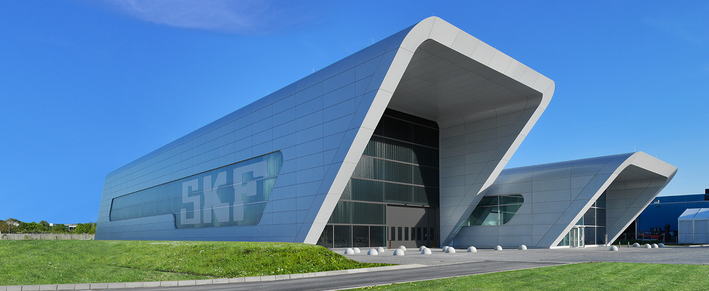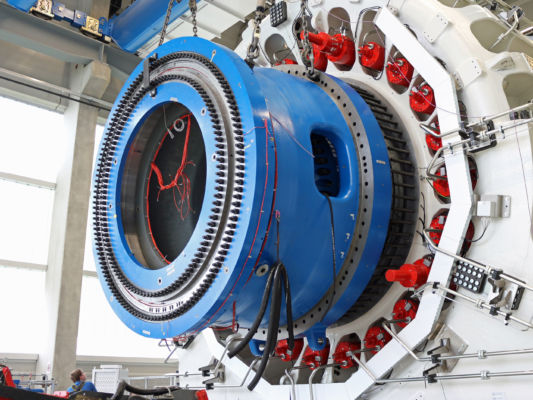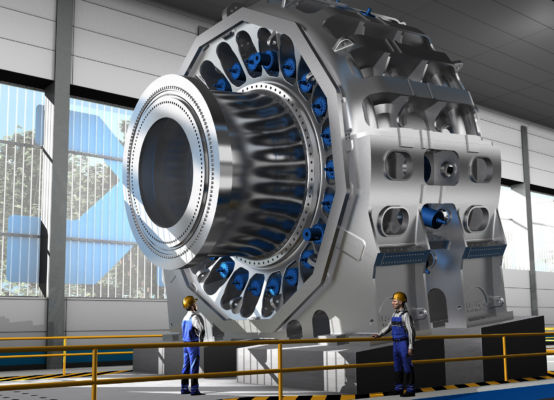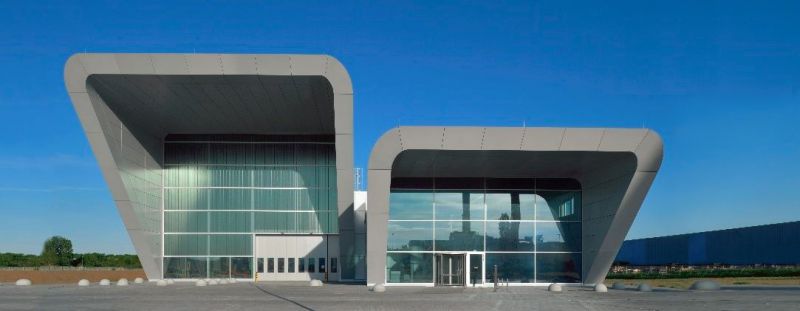Developed in 1998 by the U.S. Green Building Council, the LEED certification program provides guidance for creating healthy, highly efficient, and cost-effective buildings. Certification requires structures to reduce energy and water consumption, generate less waste, and support human health. Designed with these factors at the forefront of planning, the test center was recognized with the prestigious LEED gold standard of certification.
Green design results in efficient operation
The test center incorporated many facets of advanced, environmentally friendly construction and operation. Performing tests with the two new rigs is a quick process, resulting in reduced energy consumption. Another contributing factor to the facility’s outstanding environmental status is how it utilizes waste heat. Excess heat is used via heat recovery for the test center itself and a nearby warehouse.
Federal support for a mutually beneficial project
As a result of SKF’s commitment to green construction, the Bavarian State Ministry for Economic Affairs and Media, Energy and Technology provided €1.9m toward the larger test rig. The smaller rig received a €1.6m investment from the Federal Ministry for the Environment, Nature Conservation, Building and Nuclear Safety. Such contributions highlight the growing importance of environmental protection in Germany.
Committed to future eco-friendly construction
SKF’s compliance with environmental standards will continue, with all future projects set to adhere to LEED standards. The Sven Wingquist Test Center is the second SKF building in Germany to achieve LEED certification after the refurbishment of the organization’s headquarters in Schweinfurt. In addition to the two certified German sites, there are 26 SKF facilities worldwide that have been recognized with this eco-award.



